Citrus Planting Harvest Guide
Maximizing Yield and Quality in Tropical Climates
Introduction
This comprehensive Citrus Planting Harvest Guide provides scientifically backed strategies for farmers in Southeast Asia and West Africa aiming to optimize citrus production. Drawing on the latest agronomic research and field trials, we address region-specific challenges—from soil health degradation to nutrient management—and present practical solutions. As a specialized fertilizer wholesale factory, we integrate product recommendations that align with sustainable, high-yield citrus cultivation practices.
Planting Insights
The following sections detail actionable insights on varietal selection, irrigation management, nutrient scheduling, and pest control, leveraging our expertise in amino-acid-based liquid fertilizers and slow-release nutrient technologies to empower growers against common pain points like fruit drop, poor Brix levels, and soil fatigue.
1. Understanding Citrus Crop Requirements and Regional Adaptability
1.1 Optimal Growing Conditions for Citrus in Tropical Zones
Citrus thrives in well-drained soils with a pH of 5.5–7.0 and requires 1,200–2,500 mm annual rainfall (or supplemental irrigation). In Southeast Asia’s humid climates and West Africa’s bimodal rainfall regions, factors like soil salinity and waterlogging can constrain root development. For instance, studies from Nutrien Ag Solutions’ Innovation Farm highlight that drip irrigation reduces salinity stress by 30% in citrus orchards, a key consideration for coastal areas.
1.2 Key Citrus Varieties and Their Soil Preferences
Mandarins (e.g., Sunkist): Tolerate heavier soils but require high potassium for sweetness.
Valencia Oranges: Prefer sandy-loam soils with consistent moisture; prone to fruit splitting under irregular irrigation.
Limes (e.g., Persian): Suit acidic soils; benefit from calcium-rich amendments to prevent fruit bitterness.
Regional trials in Ghana and Vietnam show site-specific varietal selection can uplift yields by 20%.
2. Addressing Major Citrus Growing Challenges: Data-Driven Solutions
2.1 Soil Health Degradation and Remediation
Problem: Continuous monocropping depletes organic matter, leading to compaction and nutrient imbalance. In Nigeria’s citrus belt, soil audits reveal a 40% deficit in zinc and boron—microcritical for fruit setting.
Solution:
Apply slow-release organic fertilizer (2 tons/ha) enriched with humic acid to rebuild soil structure. Our lignite humic acid powder enhances cation exchange capacity, boosting nutrient retention by up to 60%.
For rapid remediation, use microbial bio-organic fertilizer containing phosphorus-solubilizing bacteria to liberate locked nutrients.
2.2 Nutrient Deficiencies and Leaf Symptom Identification
Nitrogen Deficiency: Yellowing of older leaves; addressed with 420-0-0 liquid nitrogen fertilizer (5 L/ha) at flowering.
Magnesium Shortage: Interveinal chlorosis; corrected via amino acid calcium magnesium fish protein liquid (3 L/ha foliar spray).
Micronutrient Gaps: Use water-soluble powder with TE (e.g., 21-21-21+TE) to prevent fruit drop—a 15% yield loss risk in potassium-deficient soils.
2.3 Pest and Disease Management in High-Rainfall Regions
Citrus greening (huanglongbing) and root knot nematodes cause 50–70% losses in untreated orchards. Integrated strategies include:
Antagonistic microbes: Our root-knot nematode-resistant microbial agent suppresses larval populations by 90% in Malaysian trials.
Foliar nutrition: Amino-acid-based sprays (e.g., amino acid trace elements liquid fertilizer) strengthen cell walls against fungal ingress.
3. Seasonal Fertilization Strategy: A Stage-by-Stage Guide
3.1 Sapling Establishment (Months 0–12)
Basal Application: Mix 10 kg slow-release organic fertilizer with 200 g humic acid powder per planting hole to encourage root expansion.
Quarterly Top-Dressing: 30-10-10 water-soluble NPK (5 kg/ha) promotes vegetative growth.
3.2 Flowering and Fruit Set (Month 24+)
Pre-Bloom (2 weeks before): 10-40-10 water-soluble fertilizer (7 kg/ha) via drip irrigation to enhance pollination.
Post-Fruit Set: Amino acid calcium magnesium fish protein liquid (4 L/ha) reduces flower abortion by 25%.
3.3 Fruit Enlargement and Maturation
Potassium Boost: 10-5-45 water-soluble NPK (8 kg/ha) every 3 weeks to increase Brix levels.
Stress Mitigation: MKP (0-52-34) foliar spray (2 kg/ha) during drought periods to maintain juice quality.
4. Technology-Enhanced Practices for Yield Optimization
4.1 Water-Saving Irrigation and Fertigation
Drip systems paired with fully water-soluble powders (e.g., 21-21-21+TE) improve nutrient use efficiency by 40% compared to broadcasting. In arid areas like California’s citrus zones, Nutrien’s innovation farm data shows daily pulse fertigation boosts fruit size by 15%.
4.2 Soil Moisture Conservation
Mulching with organic amendments (e.g., chicken manure high-temperature pyrolysis small molecule bio-organic fertilizer) reduces evaporation losses by 30%. For sandy soils in West Africa, this practice increases waterholding capacity by 20%.
5. Economic Considerations for Commercial Growers
5.1 Cost-Benefit Analysis of Premium Inputs
Using amino-acid chelated trace element liquid fertilizer might raise input costs by $50/ha but can yield $500/ha additional returns through premium-grade fruit (e.g., thicker rinds for export). World Fertilizer Association studies confirm a 5:1 ROI from balanced micronutrient programs.
5.2 Leveraging Local Resources
On-Farm Composting: Apply composting inoculants to process pruning waste into organic matter, cutting fertilizer costs by 30%.
Intercropping with Legumes: Fixes nitrogen, reducing synthetic N requirements by 25%.
Conclusion
Proactive soil management, staged nutrient scheduling, and integrated pest control are pillars of profitable citrus cultivation in tropical regions. By adopting precision fertigation and organic-microbial synergies, growers can overcome yield plateaus. Our fertilizer wholesale factory supports these goals with tailored products like slow-release potassium humate granules for salinity control and amino-acid liquids for stress resilience.
If you are interested in this article, or have any questions that need to be answered,
You can find us at any time through the chat icon in the lower right corner of the webpage. Of course, you can also check out our other social media (such as LinkedIn) to learn more about us. If you need to know more products, please click on our store.
References and Authoritative Sources
International Plant Nutrition Institute (IPNI) / Nutrien Ag Solutions: https://www.ipni.net/
Food and Agriculture Organization of the United Nations (FAO): http://www.fao.org/home/en/
American Phytopathological Society (APS): https://www.apsnet.org/
University of California, Agriculture and Natural Resources (UC ANR): https://ucanr.edu/
World Fertilizer Association (WFA): https://www.fertilizer.org/
Vietnam Journal of Agricultural Sciences: https://vjas.vnua.edu.vn/
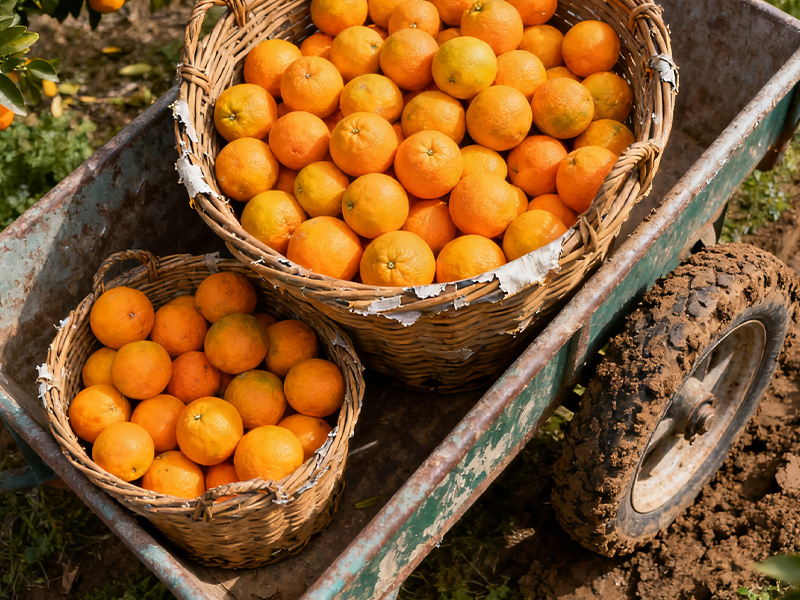
Look at this lively farm! Lush, vibrant crops spread across the field, all flourishing beautifully—thanks to our high-quality fertilizer. It deeply nourishes the soil and plant roots, boosting strong, healthy growth—no sparse patches or wilted leaves, just dense, green vitality. Every shoot here shows how good fertilizer elevates cultivation, paving the way for a bountiful harvest! 🌱🚜
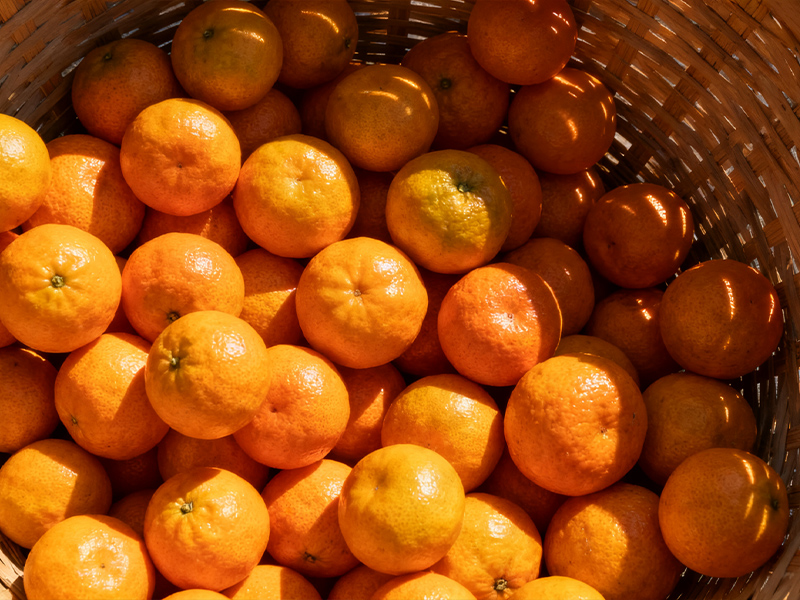
This full basket of plump, glossy citrus? It’s the wonderful fruit of careful planting and our premium fertilizer! Our product delivers essential nutrients at every growth stage, helping citrus trees develop robust branches and bear fruits that are firm, brightly colored, and brimming with goodness. Each citrus in this basket is proof—quality fertilizer turns ordinary cultivation into extraordinary yields! 🍊✨
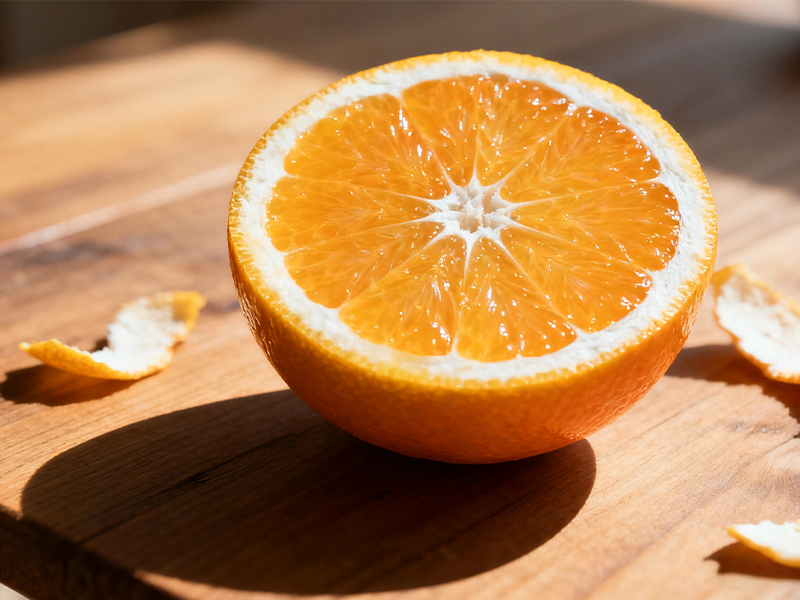
On the table, sliced citrus reveals its juicy, sun-warmed flesh—fresh, fragrant, and so tempting! This amazing flavor starts right in the field: our fertilizer fuels healthy tree growth, making sure each fruit soaks up ample nutrients. No shortcuts—just meticulous cultivation plus our nutrient-rich support, which makes every bite sweet, tangy, and satisfying. Great planting deserves great fertilizer, and this citrus is the perfect result! 🥤🌞
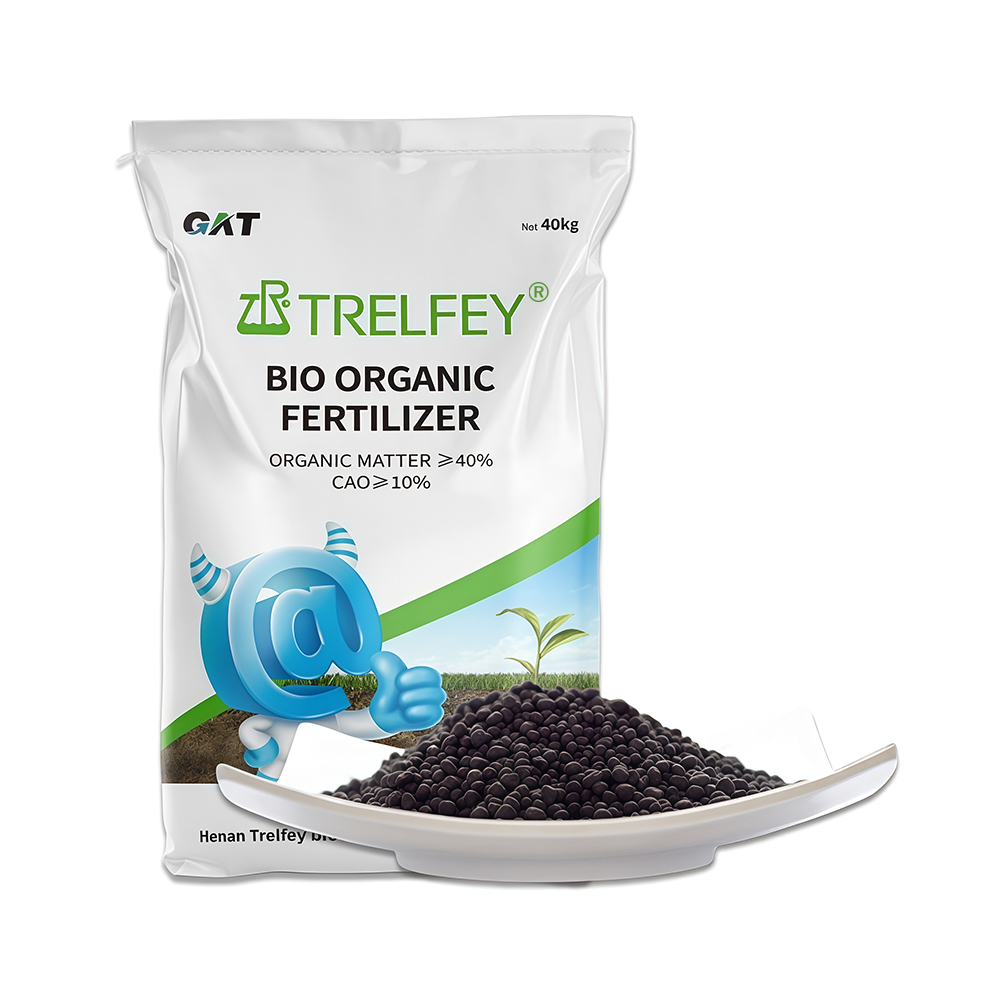
Bio-organic fertilizer
Organic matter ≥40%, CaO≥10%
The number of beneficial live bacteria ≥0.20 billion/g
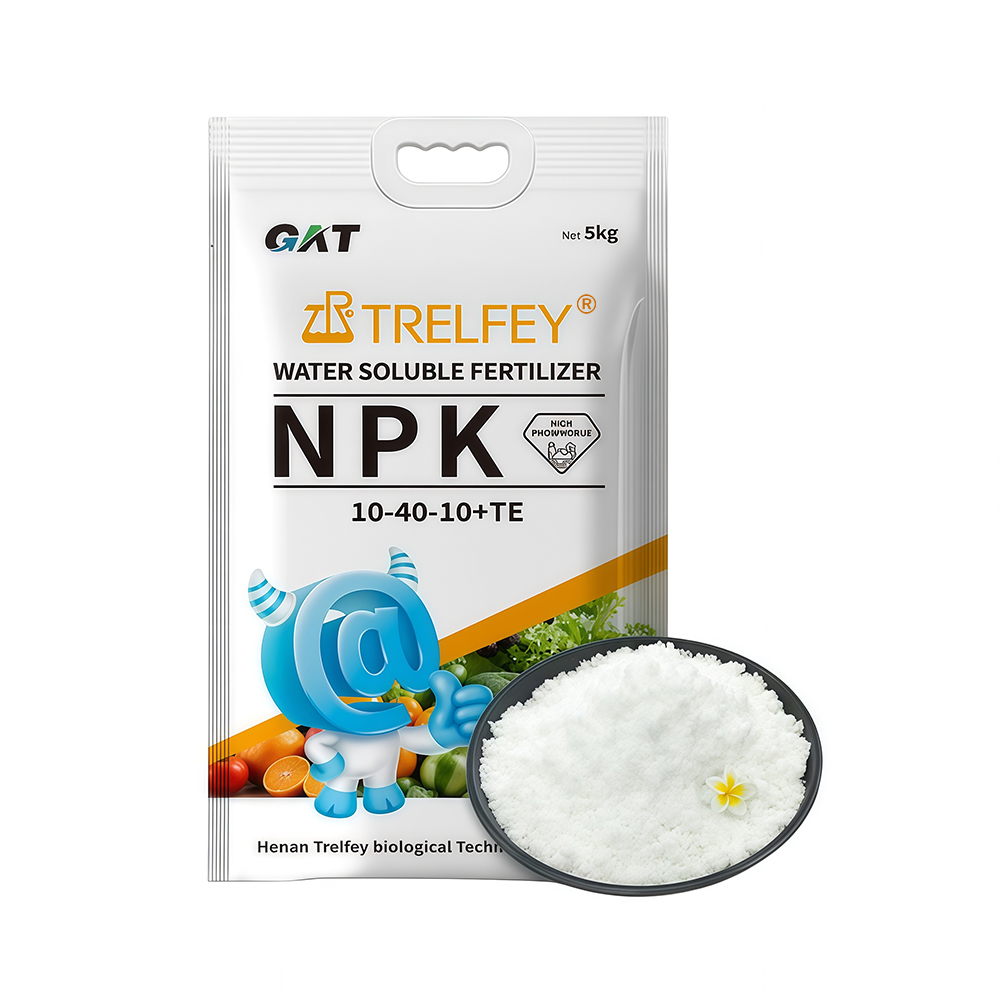
Water soluble fertilizer
Protect the roots and nourish the roots, protect the buds and protect the flowers
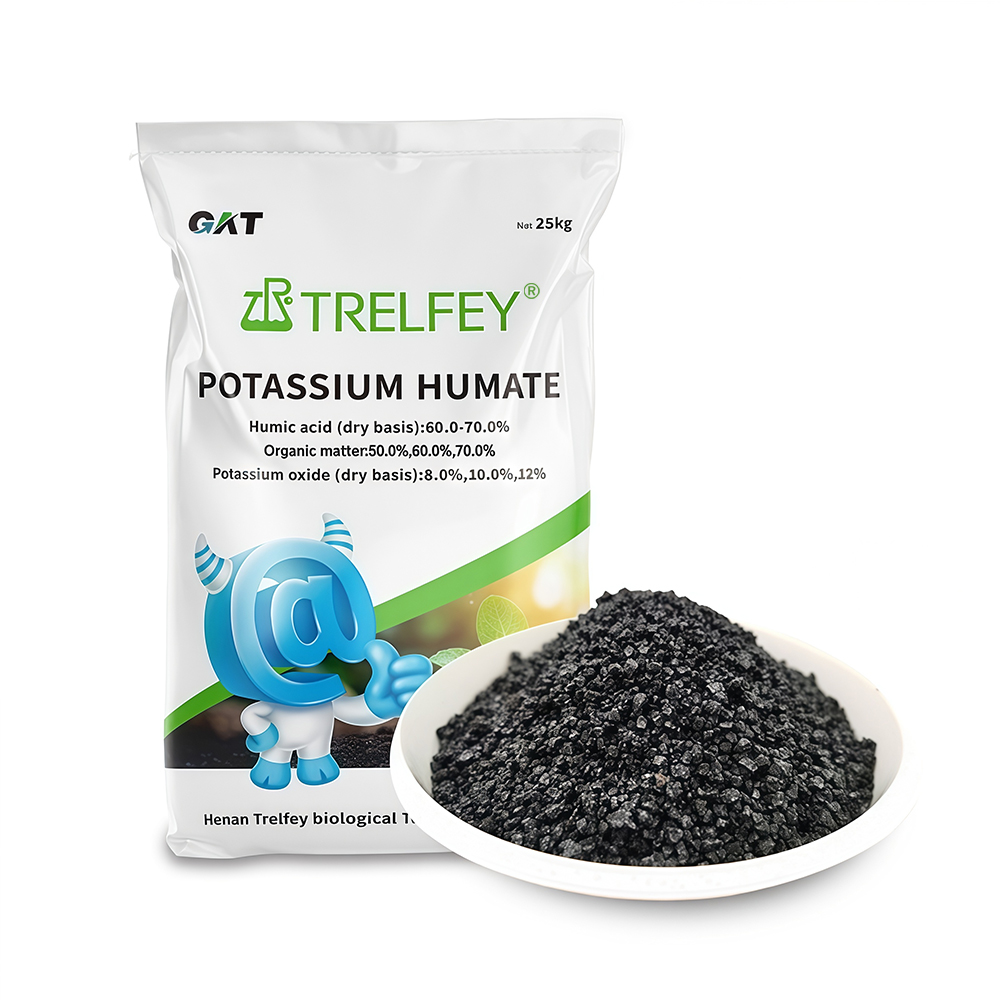
Potassium humate granules
Humic acid (dry base): 60.0-70.0%
Total nutrient (KOO): 8.0%-12.0% (customizable)
